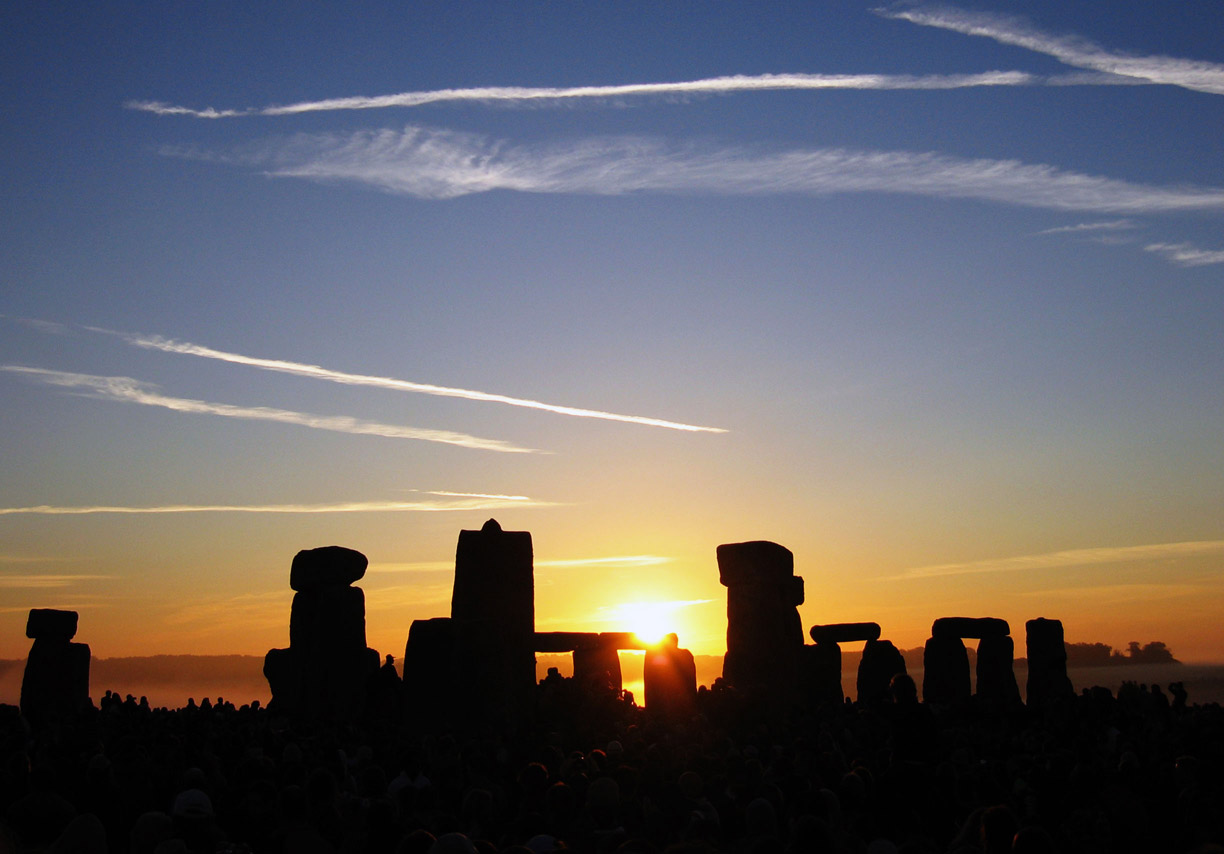The inaugural lecture of DU Archaeological Society kicked off with a joke from their auditor, Sean Francis, referencing Spinal Tap which, surprisingly in an archaeological lecture, returned later on as a subject of discussion. The light-hearted atmosphere remained for the entirety of the lecture, complemented by “strong language” and “dodgy haircuts.”
Dr. Timothy Darvill took to the podium to deliver an hour-long lecture on Stonehenge, and the unexpected part it plays in popular culture. The focus was on the artwork musicians use for album covers, featuring a range of interpretations of the stone formation, from the substitution of the stones with traditional instruments in the world of folk music, to images of UFOs hovering over Stonehenge and its surrounding area. The question posed at various points throughout the lecture was: why Stonehenge? Darvill initially stated that perhaps it is to exploit the ambiguity to pique interest among those less knowledgeable about the subject.
Video clips from different uses of Stonehenge in popular culture were presented, from The Beatles film Help, in which the four musicians are brought to refuge in Stonehenge and protected by the army, to This is Spinal Tap. The biggest laugh of the evening, however, came when the Ylvis video Stonehenge was shown, which described the singer’s inability to appreciate fame, money and sex due to his permanent questioning of the prehistoric monument.
The question was asked once again: Why Stonehenge? This time Darvill offered a response appreciative of the use of Stonehenge in popular culture. He stated that archaeological sites thrive on public support and funding. Furthermore, he believes that it shows that sites such as Stonehenge reach beyond the reality of archaeology and inspires the imagination and creative processes of artists. Darvill ended the lecture on a positive note, emphasising how we should embrace the inclusion of Stonehenge in popular culture.






